Cardiovascular disorders
Cardiovascular disorders include
- Vascular and circulatory disorders
- Cardiac disorders
- The category you were looking for was not found. Please try another one.
- List is empty.
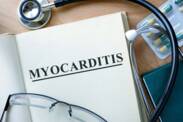
Myocarditis
Myocarditis is an inflammatory process of the heart muscle. Inflammation of the heart muscle can cause a decrease in heart function. What are the causes, first symptoms and current treatment options for myocarditis?
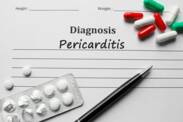
Pericarditis
Pericarditis refers to an inflammatory process of the outer lining of the heart (pericardium). It has different etiologies. What is the cause of pericarditis, the first symptoms and treatment options?
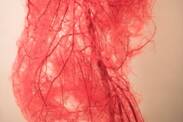
Peripheral Artery Disease
Peripheral artery disease is a term for diseases of the arteries that supply various parts of the body. Blood vessels are usually damaged due to atherosclerosis, but it is not the only cause.

Post-thrombotic syndrome
Post-thrombotic syndrome arises as a complication of venous thrombosis. This is a condition that can significantly affect the quality of life of the affected person.
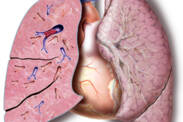
Pulmonary embolism
Pulmonary embolism (PE) is an acute condition in which blood vessels in the lungs become clogged. The most common cause is thromboembolic disease. A blood clot is released and travels through the vessels as an embolus. It clogs vessels. The massive form of PE is life-threatening.

Pulmonary heart disease - cor pulmonale
Pulmonary heart disease is the enlargement of the heart as a result of a lung disease. There is an acute and a chronic form.
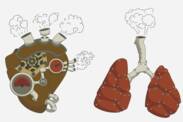
Pulmonary hypertension
Pulmonary hypertension is a disease that limits the person's overall performance, quality of life and life expectancy. The cause may not always be clear or there might be another disease behind it.

Raynaud Syndrome
Raynaud syndrome is manifested by episodes of reduced blood flow to end arterioles, most commonly the fingers and toes. The condition may indicate a more serious health problem, but not necessarily.
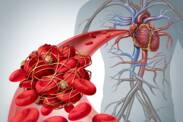
Thromboembolic disease
Thromboembolic disease poses a risk of developing serious complications that threaten a person's life.
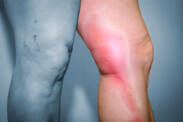
Thrombophlebitis of superficial veins
Superficial thrombophlebitis is an inflammatory disease of the superficial veins. It mainly involves the veins of the lower extremities.

Tiber ulcer
Many of us are familiar with a tibial ulcer, at least from hearsay. Let's take a closer look at the causes, symptoms and treatment.

Hemangioma
A hemangioma is a benign tumor formed from blood vessels. In childhood, there are congenital hemangiomas and infantile hemangiomas. Congenital hemangiomas are visible immediately after birth, infantile hemangiomas appear later, most often during the first year of life. In adulthood, hemangiomas are most commonly found on the chest, neck, face, and also on internal organs. According to the type of blood vessel from which they arise, they are divided into capillary and cavernous hemangiomas. When multiple hemangiomas occur, the disease is called hemangiomatosis.









